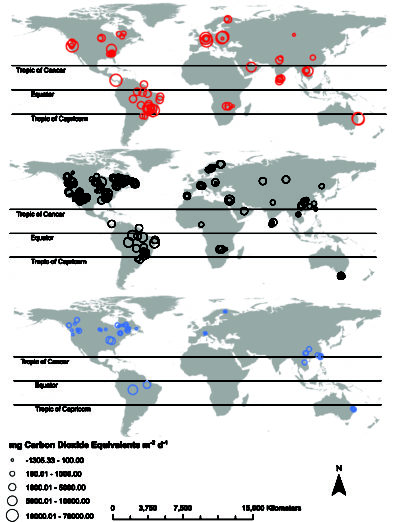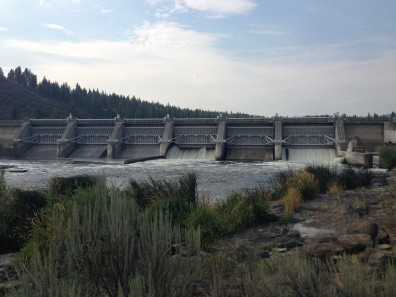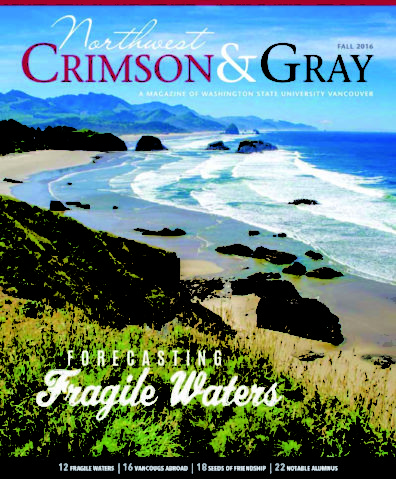Reservoir Greenhouse Gas Research Featured on NPR’s Science Friday
john_harrisonClick here to listen to John talk with Science Friday’s Ira Flatow about how reservoirs make methane in a piece called Good Thing Bad Thing; A Carbon Contradiction.
Click here to listen to John talk with Science Friday’s Ira Flatow about how reservoirs make methane in a piece called Good Thing Bad Thing; A Carbon Contradiction.
The new study synthesizes reservoir CH4, CO2, and N2O emission data with three main objectives: (1) generate a global estimate of GHG emissions from reservoirs, (2) identify the best predictors of these emissions, and (3) consider the effect of methodology on emission estimates.

The study finds that greenhouse gas emissions from reservoir surfaces account for 0.8 Pg CO2 equivalents per year, with the majority (~80%) of this forcing due to CH4.
The paper was highlighted as the “Editor’s Choice” and is accompanied by a nice podcast interview with study lead-author Bridget Deemer.


A new paper synthesizing information about reservoir greenhouse gas emissions led by Bridget Deemer is set to appear in BioScience next Wednesday, October 5. The paper is already attracting some attention from the press and has been featured in Science Magazine, the Washington Post, the Seattle Times, Popular Science, the Spokane Spokesman-Review, Oregon Public Broadcasting, and the Vancouver Columbian.
Here is a link to the WSU press release.
A 4-year, $3 million collaborative proposal to study the Food-Energy-Water Nexus in the Columbia River Basin (Harrison Co-PI) was recently approved for funding. Our group is now seeking a Ph.D. student to work on understanding and modeling interactions between water, food, and energy in the Pacific Northwest U.S.. This large, interdisciplinary, multi-investigator project has the following overarching aims:
Aim 1: develop a theoretical foundation characterizing our region’s FEW system that is generalizable to national and global scales
Aim 2: integrate state-of-the-science computational models to capture FEW system interactions
Aim 3: evaluate FEW solutions (identifying ancillary benefits or unintended consequences) using the modeling platforms
Aim 4: utilize a two-way stakeholder engagement approach to develop new strategies and remove barriers to strategy adoption
Bridget will be starting an exciting postdoctoral position with the USGS in Flagstaff next month. Good luck Bridget!!
 The most recent issue of the WSU Vancouver Alumni Magazine NW Crimson and Gray has just published a nice article highlighting some of our recent work, available here.
The most recent issue of the WSU Vancouver Alumni Magazine NW Crimson and Gray has just published a nice article highlighting some of our recent work, available here.